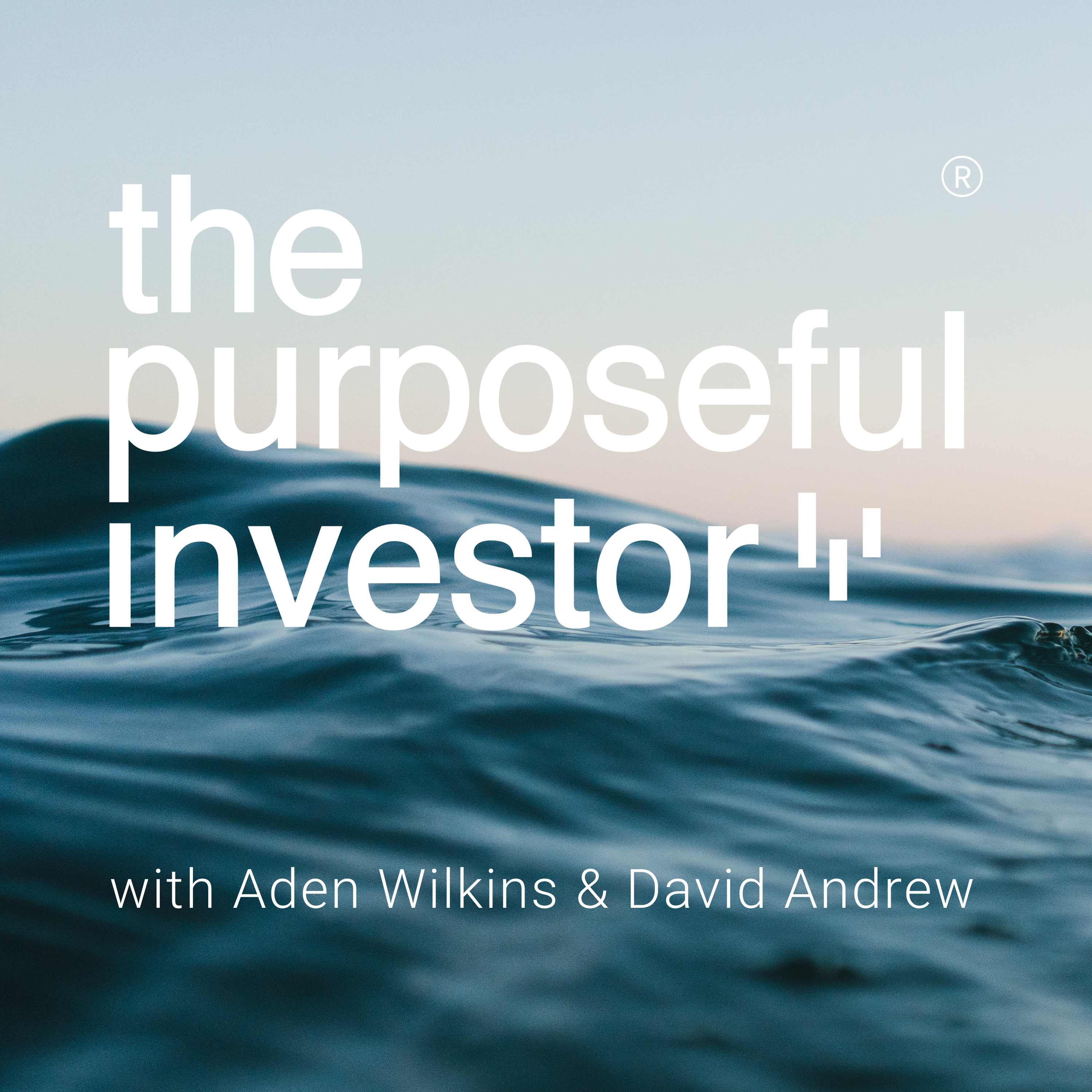In 2013, a former fund manager called Victor Haghani delivered a TEDx talk entitled Where are all the billionaires?
Given the number of millionaires there were at the beginning of the 20th century, Haghani says there should be far more billionaires today. After all, in that time, financial markets, particularly equity markets, have risen hugely.
The basic thesis of it was saying that if investors were able to get the returns that they ought to get, then we should see a lot more billionaires in the world today than what we see.
The experiment was to show that investors must be getting a really poor share of the return that they should get, by the fact we have so few billionaires that exist today that should exist based on how many millionaires there were say, in 1900.
The experiment helps us think about just how poorly investors have done in terms of capturing the returns that they ought to.
So, why aren’t there more billionaires today?
Victor Haghani puts it down to two main factors.
“The first one is frictions, the cost of active management, transactions costs, inefficient investment in terms of taxation, so very heavy turnover that generates a lot of taxes every year. The other one is really our own self-inflicted problems, the way that we manage the money ourselves”
What sort of damage are those two things causing to our investment returns?
Using actively managed funds instead of low-cost index funds will typically cost you an extra 1.5 or 2% a year.
Bad investor behaviour, particularly chasing performance, can be even more costly than that.
Several different researchers have analysed those numbers and what they generally look at is what’s called ‘investor returns’ and ‘fund returns’.
They look at if you invested a dollar in a fund, what the return would have been if you had kept it in the whole time and that is called the ‘fund return’.
They compare that to what they call ‘investor returns’ which is where they look at the cash going in and out of each fund and look at the internal rate of return on that.
They found that 3% is very often the difference between the fund return and this investor return, which is huge.”
In conclusion, keep your costs low. But, even more importantly, manage your behaviour preferably with the help of a financial adviser who understands you and what sort of person you are.



